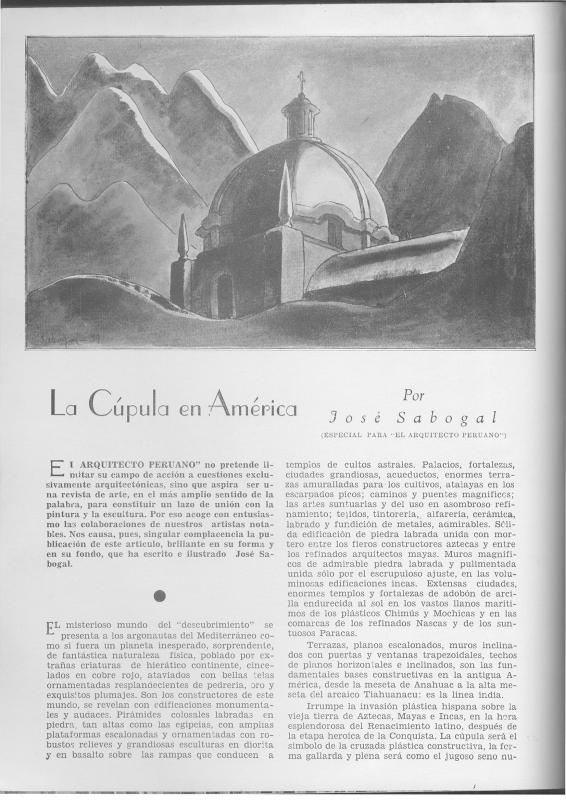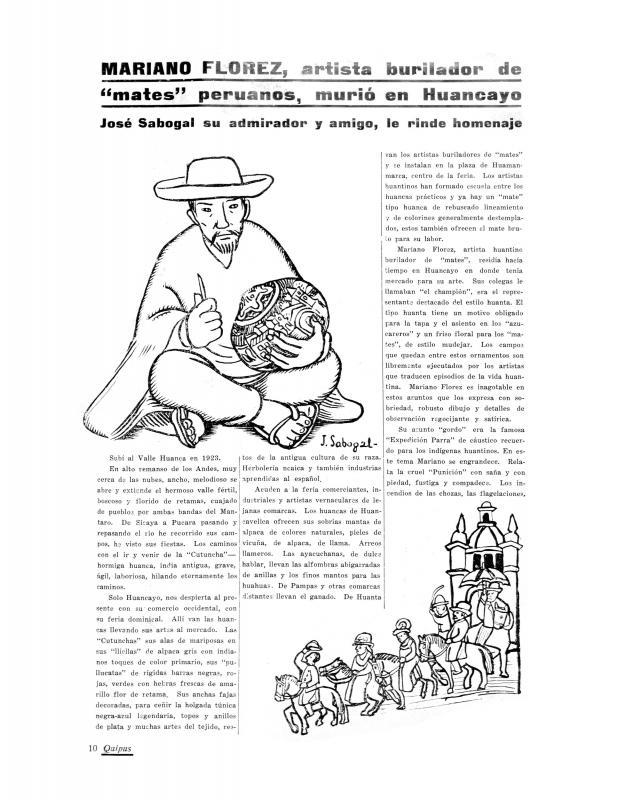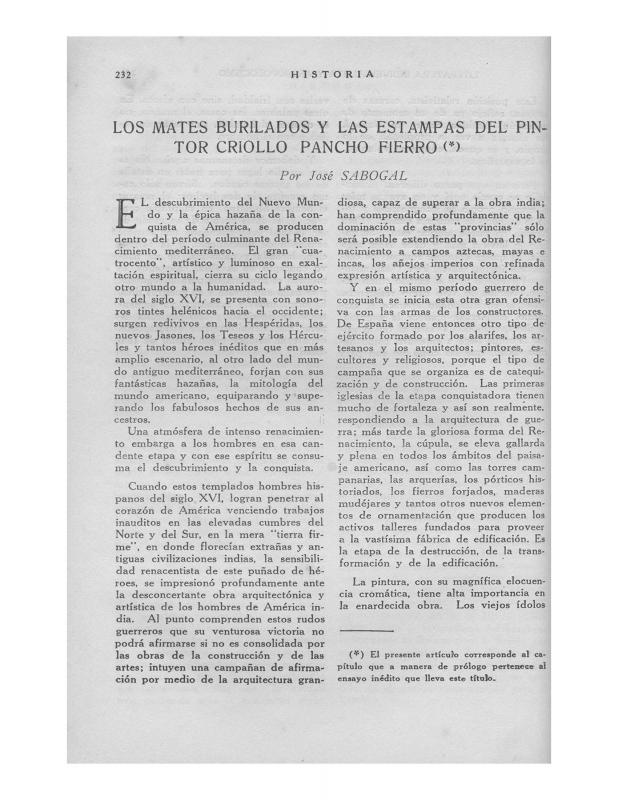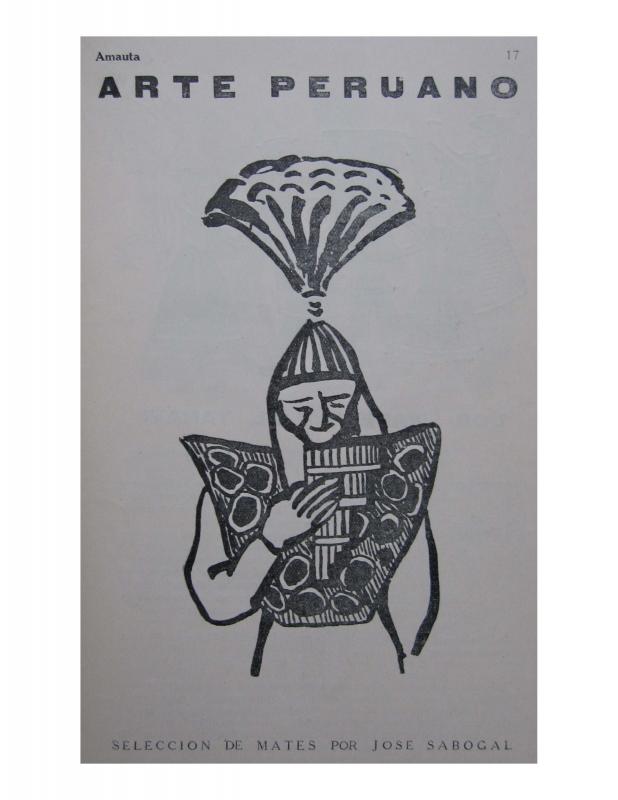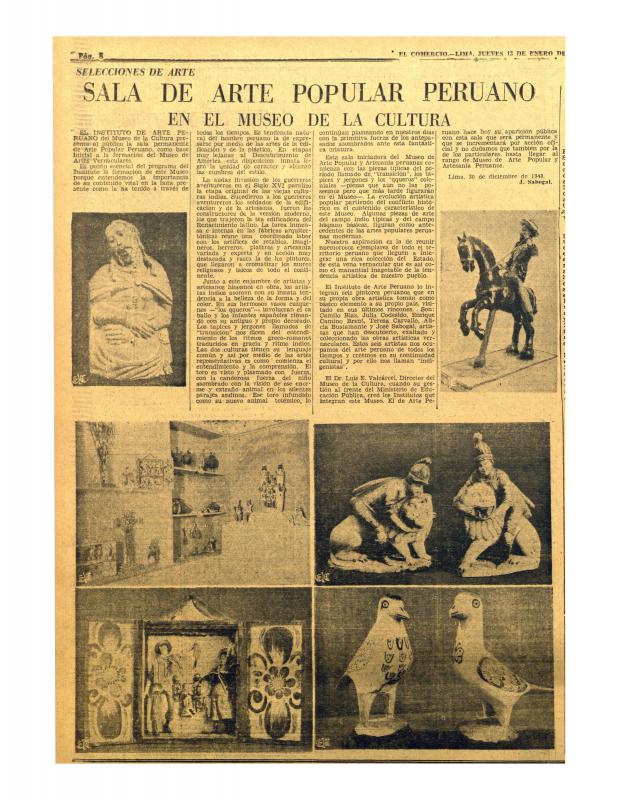The indigenist art movement was at its peak in Peru between the 1920s and 1940s. It was part of a broader movement within Peruvian society: the redefining of the national identity through native elements. Although at times it focused on the revaluation of “the indigenous” and Incan past, which was considered glorious, it also took up the defense of a mestizo identity as the integration of “the native” and “the Hispanic.” The principal ideologue and undisputed leader of indigenist art was José Sabogal (1888–1956), who believed a deep awareness of their “roots” decisively influenced the regionalist trends of art in both Spain (Ignacio Zuloaga [1870–1945], among others) and Argentina (Jorge Bermúdez [1883–1926], to mention one of them); Sabogal spent his formative years in these countries. When he returned to Peru at the end of 1918, he settled in Cuzco, where he created nearly forty paintings about people and scenes of the city, later exhibited in Lima (1919). This exhibition is considered the beginning of the indigenist art movement in Peru. His second individual show in Lima occurred at the Casino Español (1921), and it solidified his reputation. In 1920, Sabogal joined the faculty of the new Escuela Nacional de Bellas Artes, later serving as its director (1932–43). There he formed a group of painters who adhered to the indigenist art movement, such as Julia Codesido, Alicia Bustamante (1905–68), Teresa Carvallo (1895–1988), Enrique Camino Brent (1909–60) and Camilo Blas (1903–85). A fierce opposition to this trend arose in the mid-1930s—because it was perceived as official and exclusionary—, eventually resulting in Sabogal’s dismissal from the Escuela Nacional de Bellas Artes in 1943. The followers of the indigenist trend viewed the dismissal as unjust, and it produced a movement of solidarity with the painter that was expressed in letters, newspaper articles and social events. Sabogal’s last period—which occurred between the mid-1940s and 1956 (the year of his death)—is marked by a return to an intense production in his workshop, which led to his last exhibition in 1954 at the Sociedad de Arquitectos del Perú (Lima). Also notable in this period is his preoccupation with disseminating the practice of muralism in Peru (following the Mexican model) and his interest in studying folk art. This occurred in 1946 when he resumed his post as director of the Instituto de Arte Peruano (Museo Nacional de la Cultura Peruana). This permitted him to revisit the concept of “mestizo art” reflected in his paintings of the Inca Garcilaso de la Vega. [There are many texts on this artist in the ICAA digital archive, including the following written by Sabogal himself: “La cúpula en América” (doc. no. 1125912); “Mariano Florez, artista burilador de ‘mates’ peruanos, murió en Huancayo: José Sabogal su admirador y amigo, le rinde homenaje” (doc. no. 1136695); “Los mates burilados y las estampas del pintor criollo Pancho Fierro” (doc. no. 1173400); “Los ‘mates’ y el yaraví” (doc. no. 1126008); “La pintura mexicana moderna” (doc. no. 1051636); and “Sala de arte popular peruano en el Museo de la Cultura: selecciones de arte” (doc. no. 1173418)].

